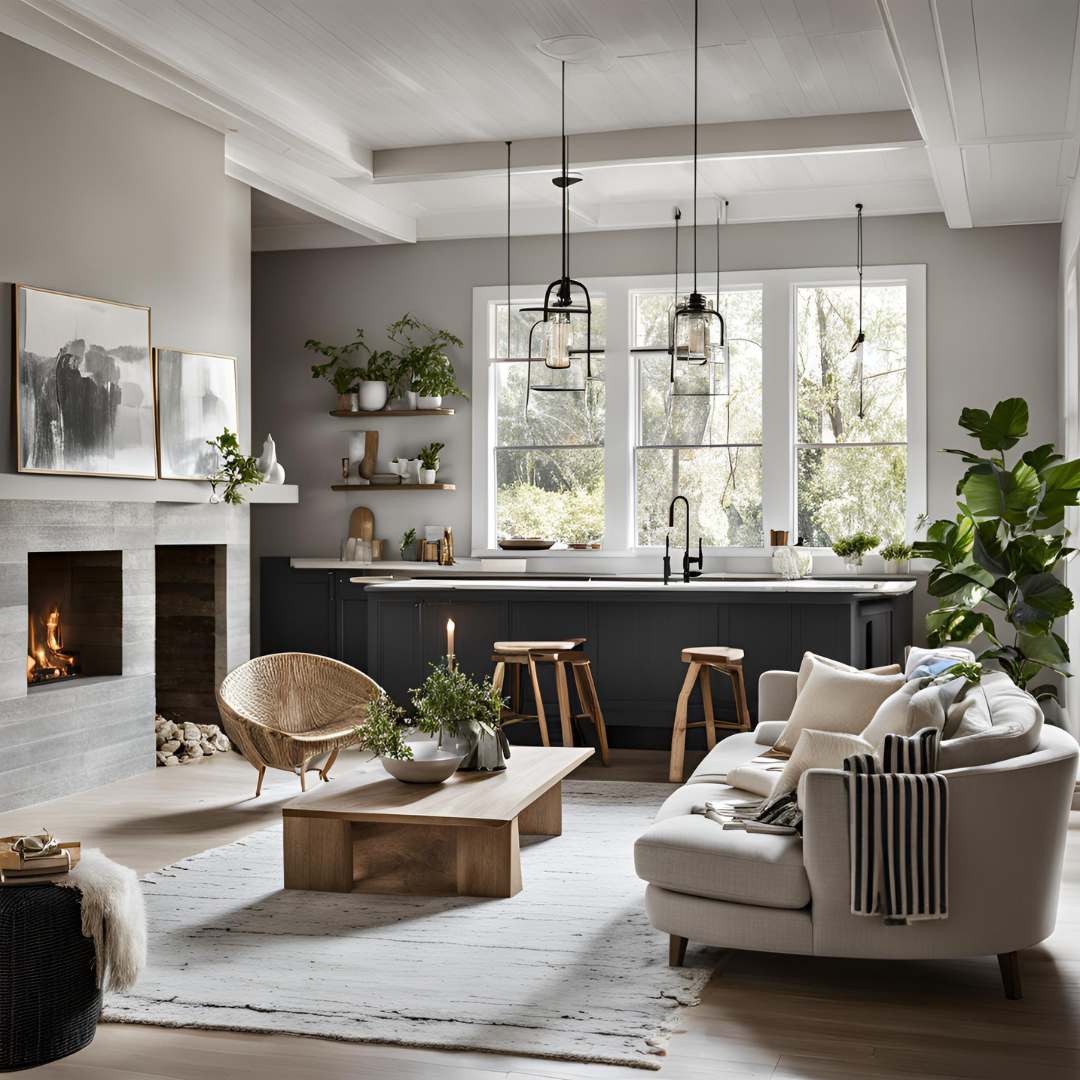
Renovating your home is an exciting opportunity to not only improve your living space but also to create a design that will stand the test of time. While trends may come and go, incorporating timeless design elements ensures that your home remains stylish for years to come. Whether you’re embarking on a full remodel or just making a few key updates, these five classic design choices will keep your home feeling fresh and elegant no matter the decade.
1. Neutral Color Palettes
Neutral colors have long been a favorite of interior designers for a reason—they offer a clean, versatile canvas that can easily be updated with accessories or seasonal décor. Colors like soft whites, greys, beiges, and taupes allow you to create a calm, inviting atmosphere that won’t feel dated over time. Neutrals also give you the flexibility to experiment with bolder accent colors without overwhelming the space.
Tip: When painting walls, consider shades that reflect light well to make your space feel larger and more open.
2. Natural Materials
Incorporating natural materials such as stone, wood, and marble can instantly add a sense of timeless elegance to any home. These materials not only age beautifully but also provide a warm, organic feel that synthetic materials often lack. Whether you opt for hardwood floors, marble countertops, or natural stone backsplashes, these elements will ground your space and offer long-lasting durability.
Tip: Pair wood with sleek metals or glass to balance traditional and modern elements.
3. Timeless Fixtures and Hardware
Light fixtures, cabinet handles, and faucets may seem like small details, but they have a big impact on the overall feel of your home. Opt for classic finishes like brushed nickel, matte black, or polished brass, which can seamlessly blend into both traditional and contemporary spaces. Avoid overly trendy or ornate hardware, and instead focus on clean, functional designs that will feel appropriate for years to come.
Tip: Invest in high-quality fixtures that can serve as a focal point in your design, such as a chandelier in the dining room or statement pendant lights in the kitchen.
4. Architectural Details
Architectural elements like crown molding, baseboards, and wainscoting add depth and character to a home, making the space feel refined and complete. These features have been around for centuries and continue to be a staple in well-designed homes. They can easily complement both traditional and modern aesthetics, offering flexibility for future style changes.
Tip: Adding custom built-ins or a fireplace with a traditional mantel can further enhance the architectural charm of your space.
5. Open, Functional Layouts
Finally, no timeless design is complete without a functional layout. Open-concept living spaces allow for better flow and usability, ensuring that your home meets the needs of modern life while maintaining a clean, uncluttered look. This doesn’t mean your home has to be entirely open-plan, but designing rooms with a focus on space efficiency and movement can make a huge difference in how the home is used over time.
Tip: When renovating, consider removing unnecessary walls or barriers to create a more open, versatile space.
Conclusion
When renovating your home, it’s important to think beyond the latest design trends and focus on elements that will offer lasting beauty. Neutral color palettes, natural materials, classic fixtures, architectural details, and functional layouts are all timeless choices that will help your home remain stylish and comfortable for years to come. By focusing on these design elements, you can ensure that your renovation will feel just as fresh and inviting ten years from now as it does today.
